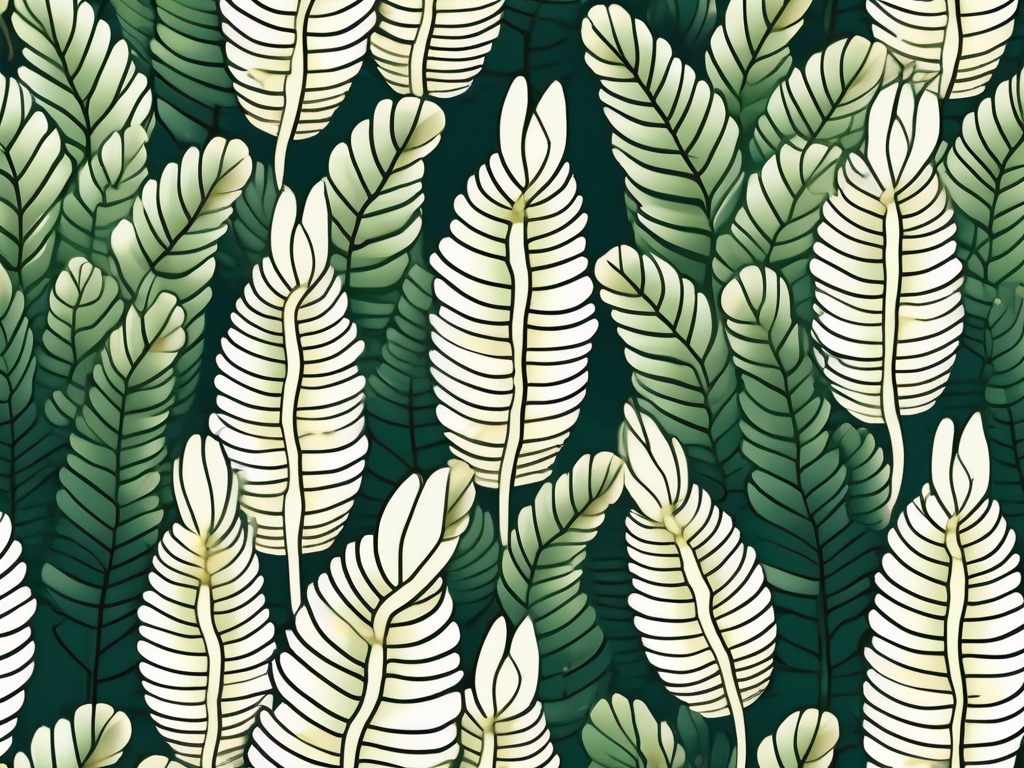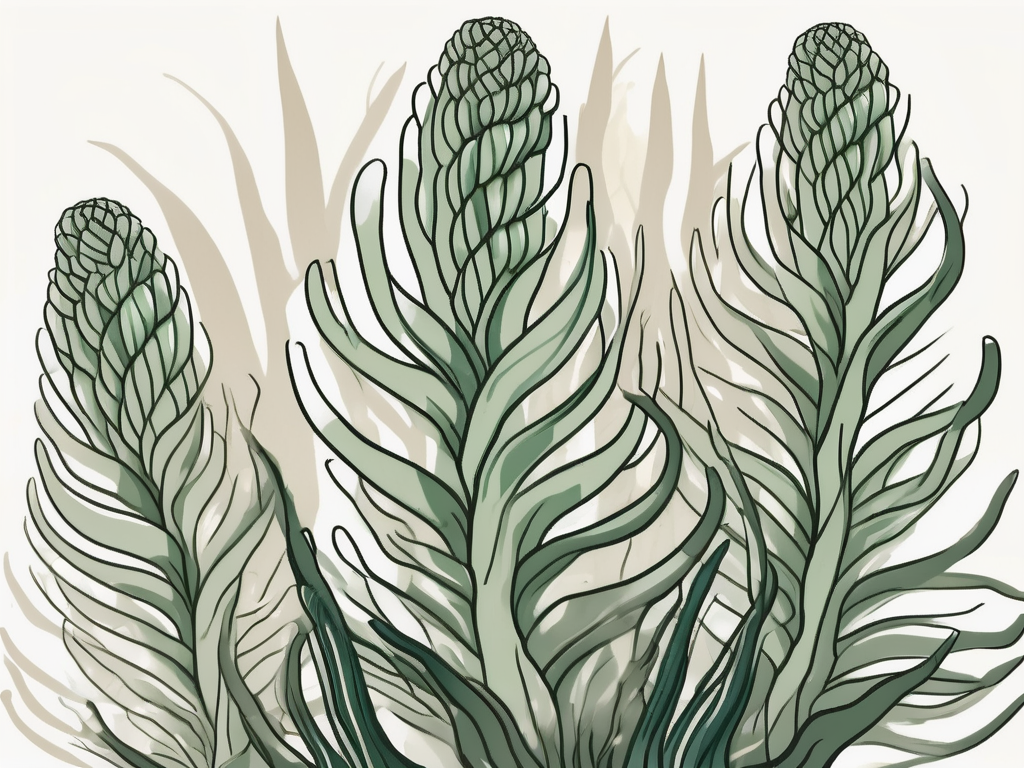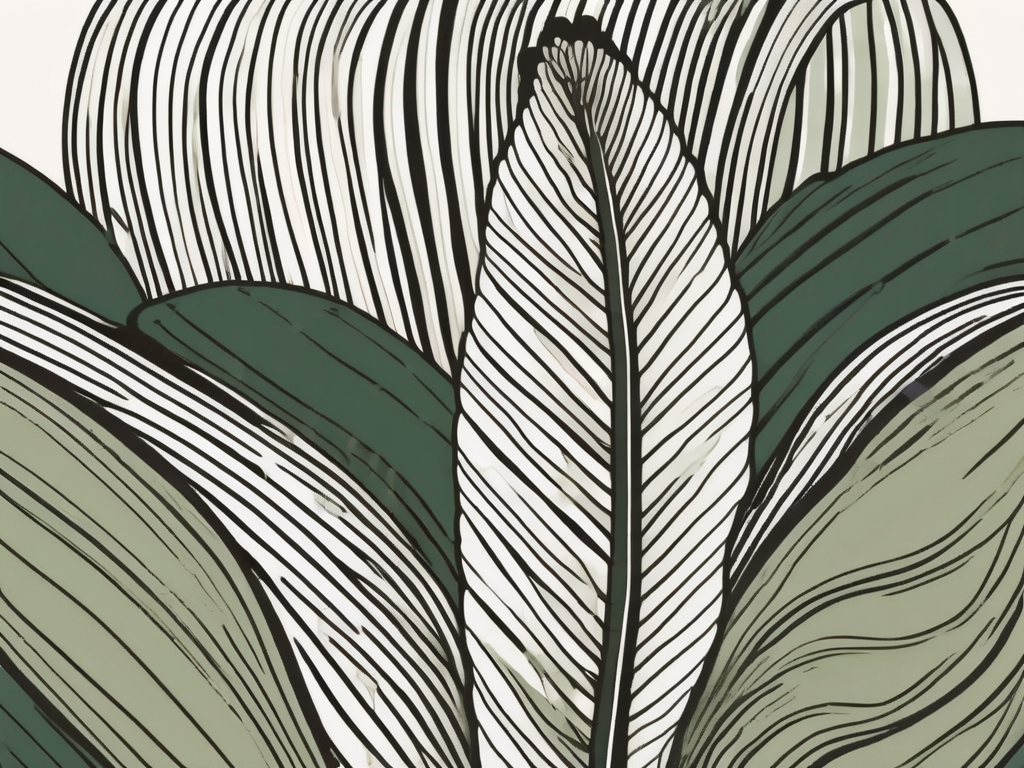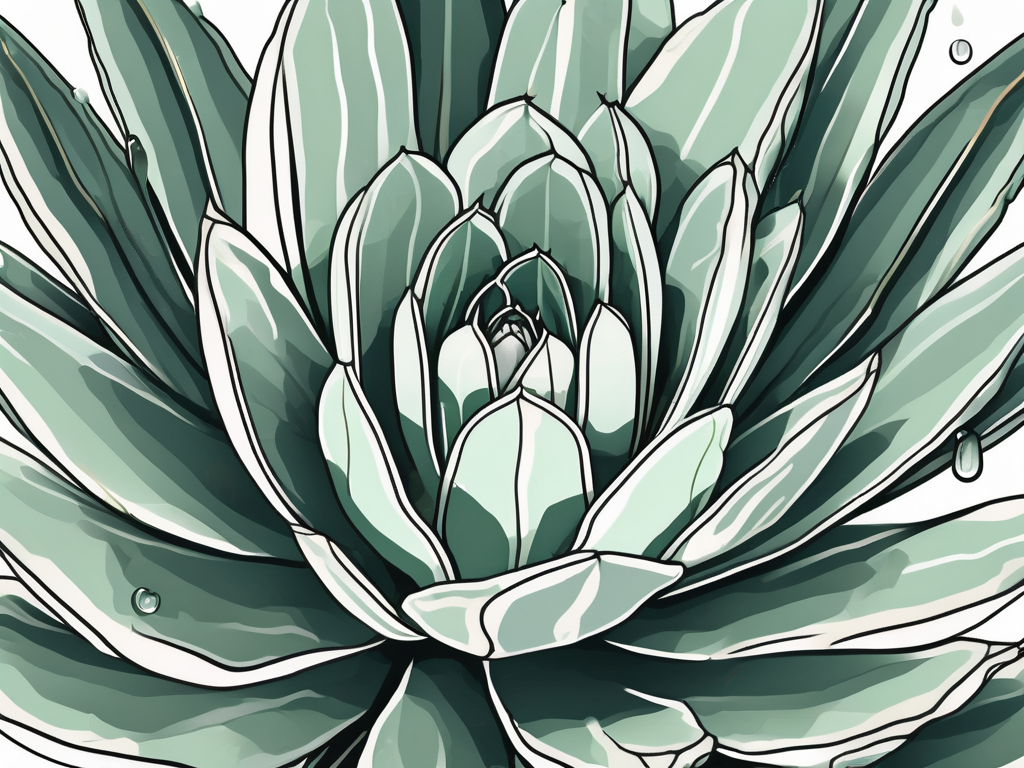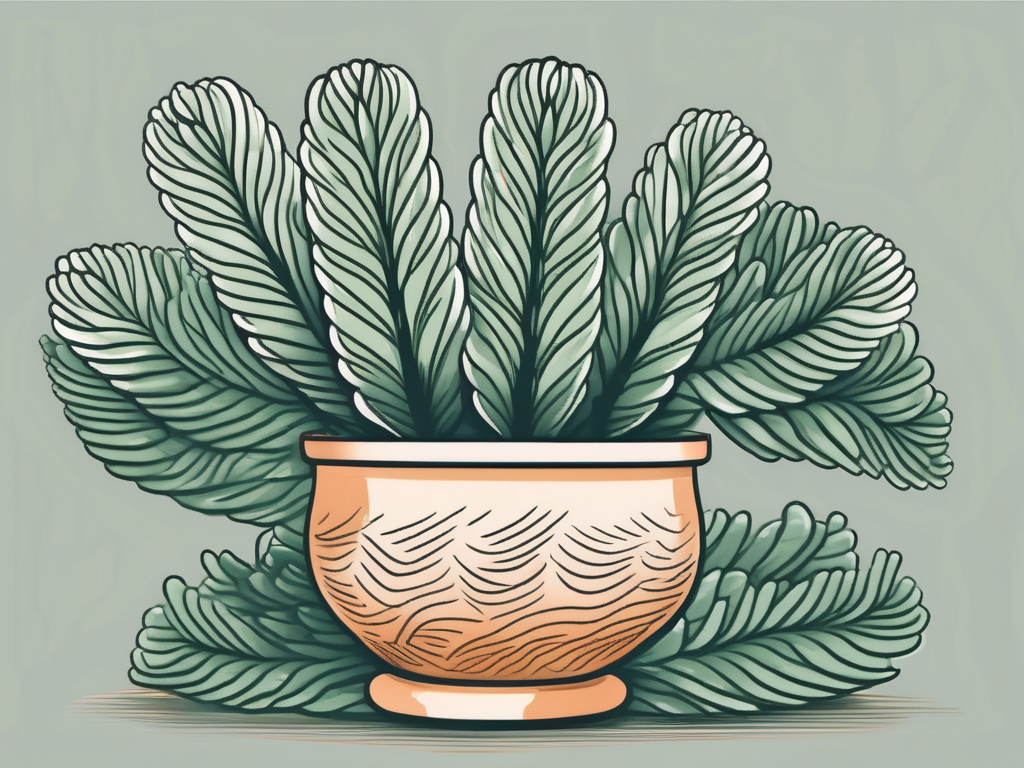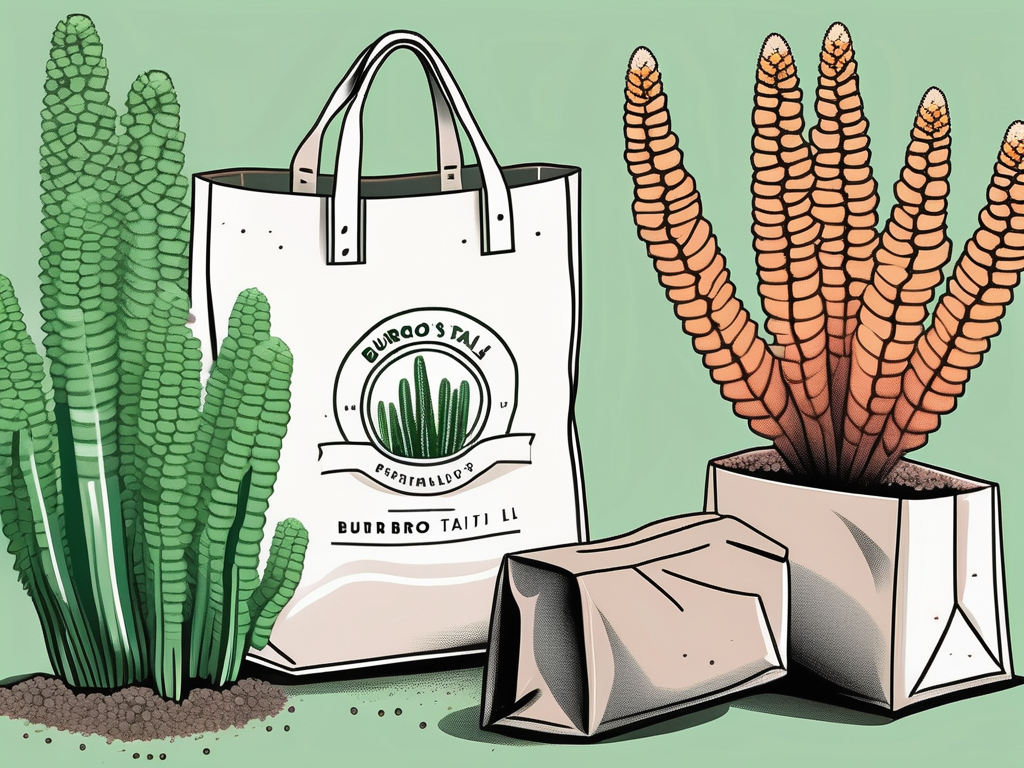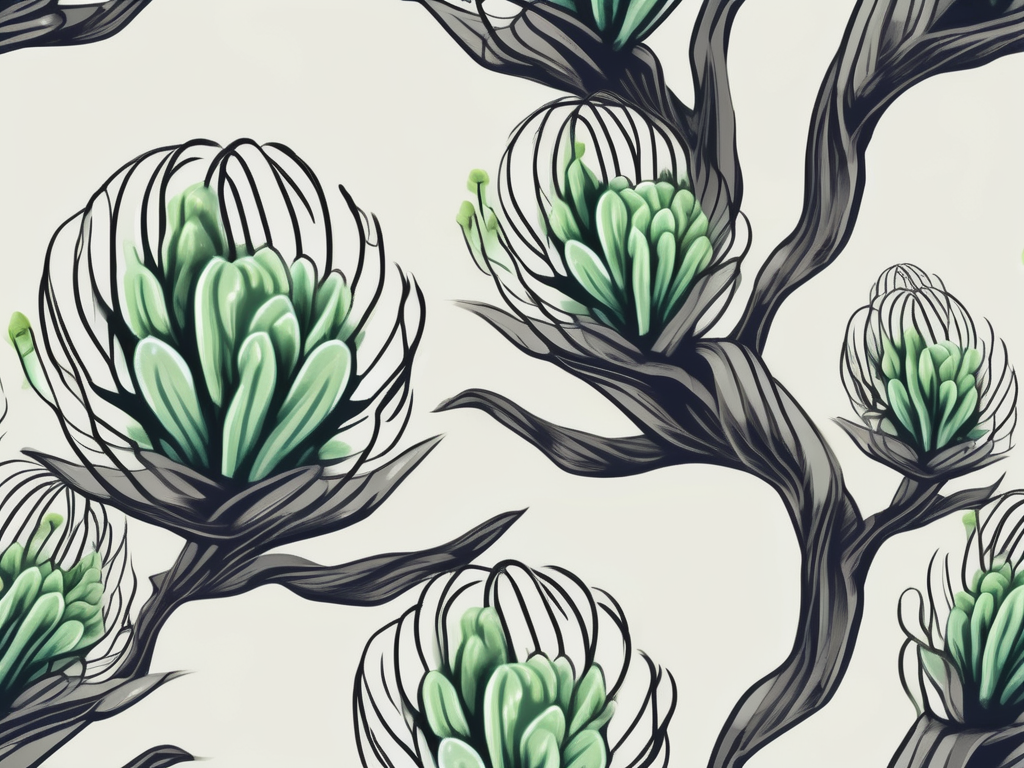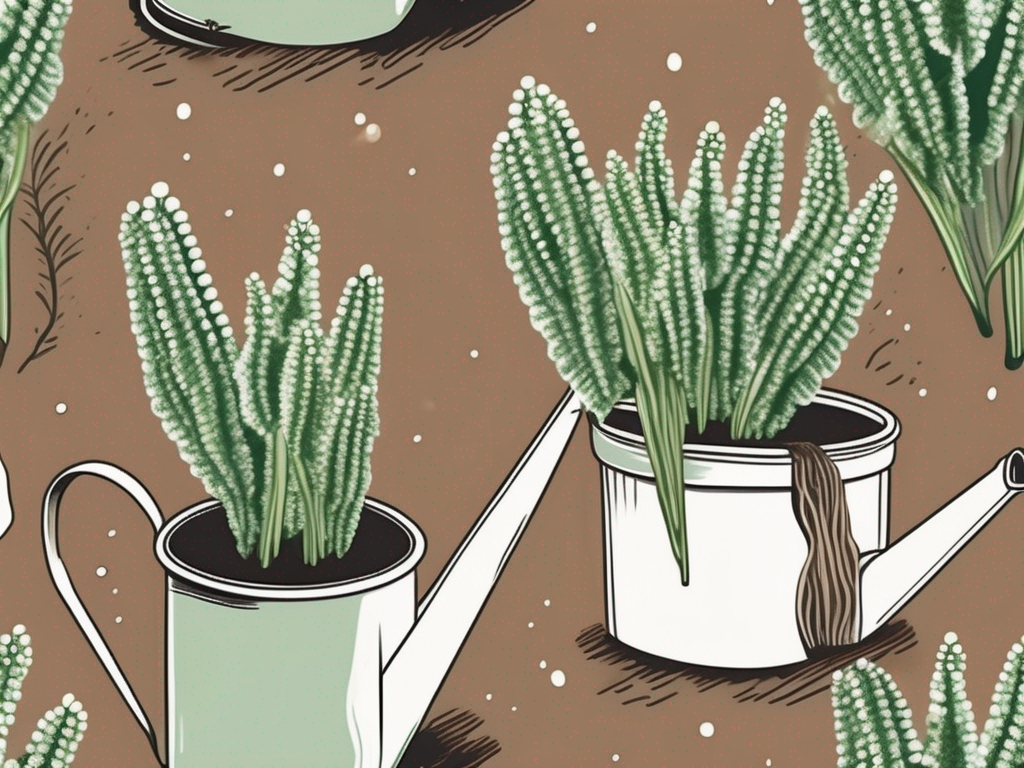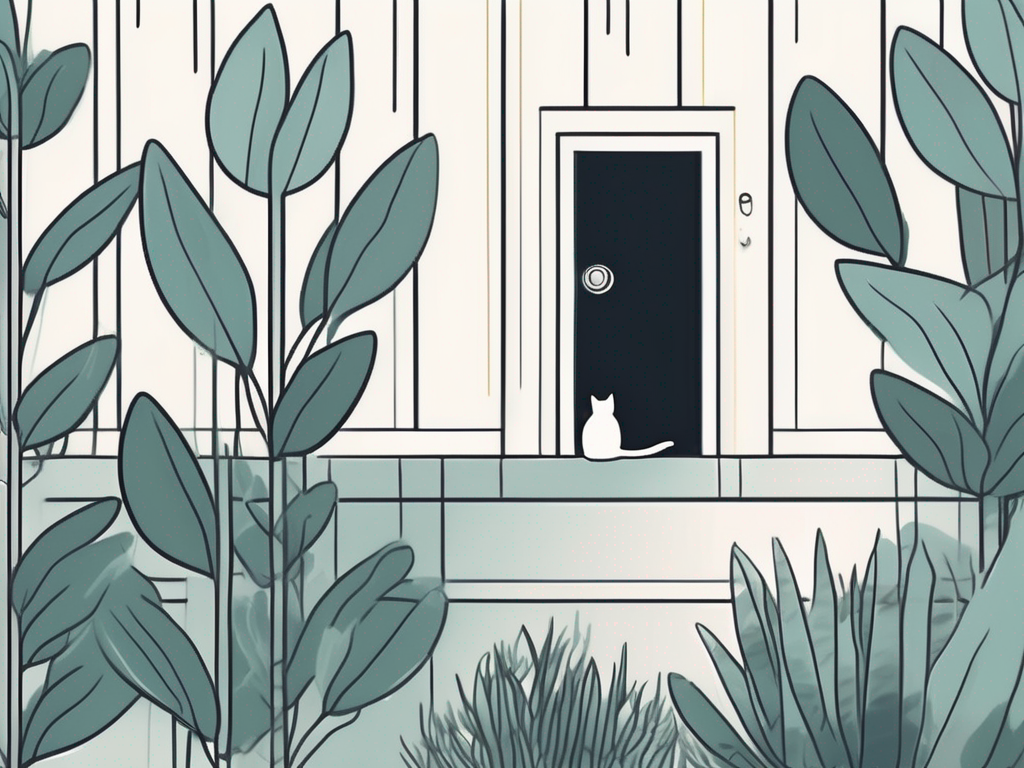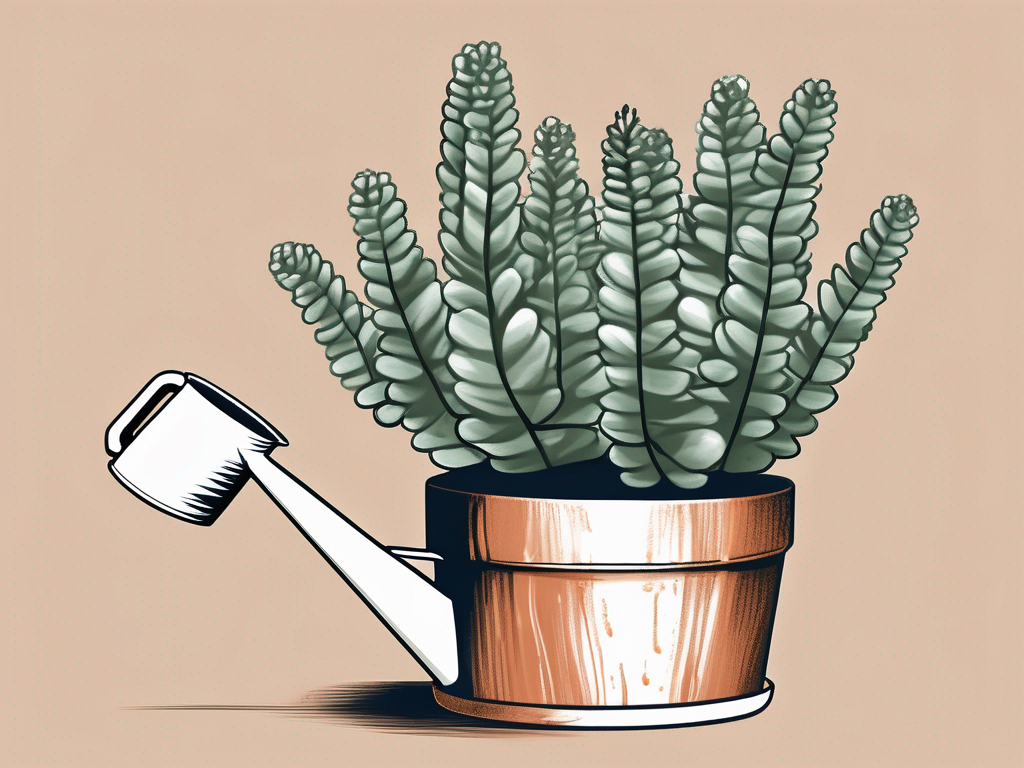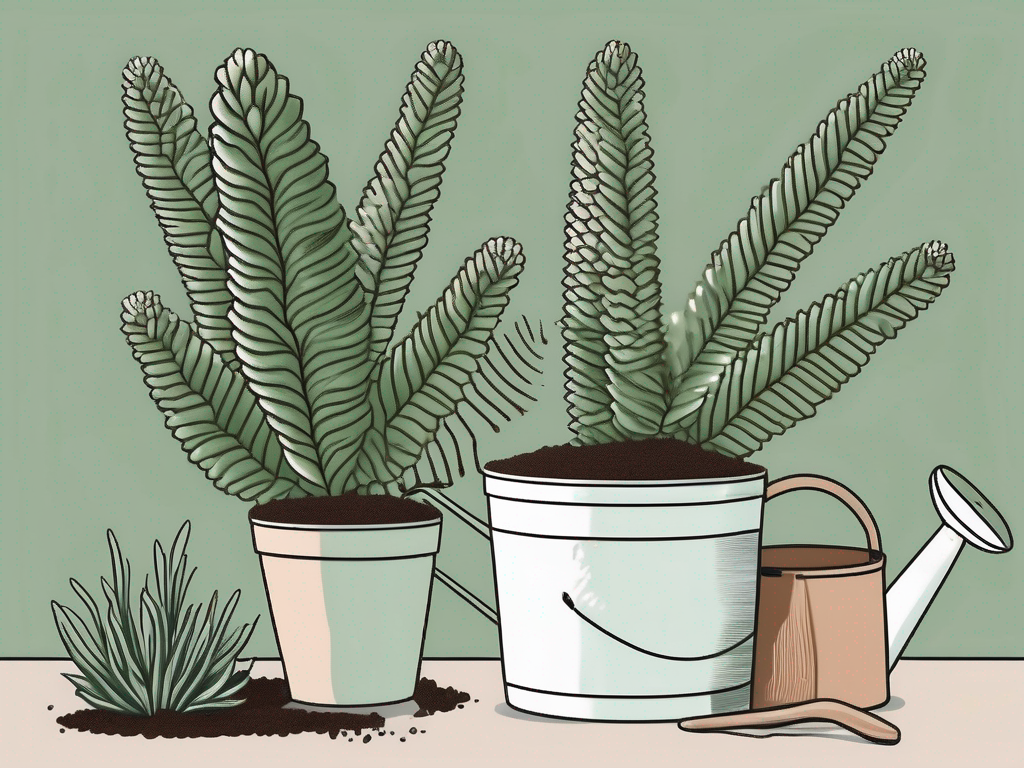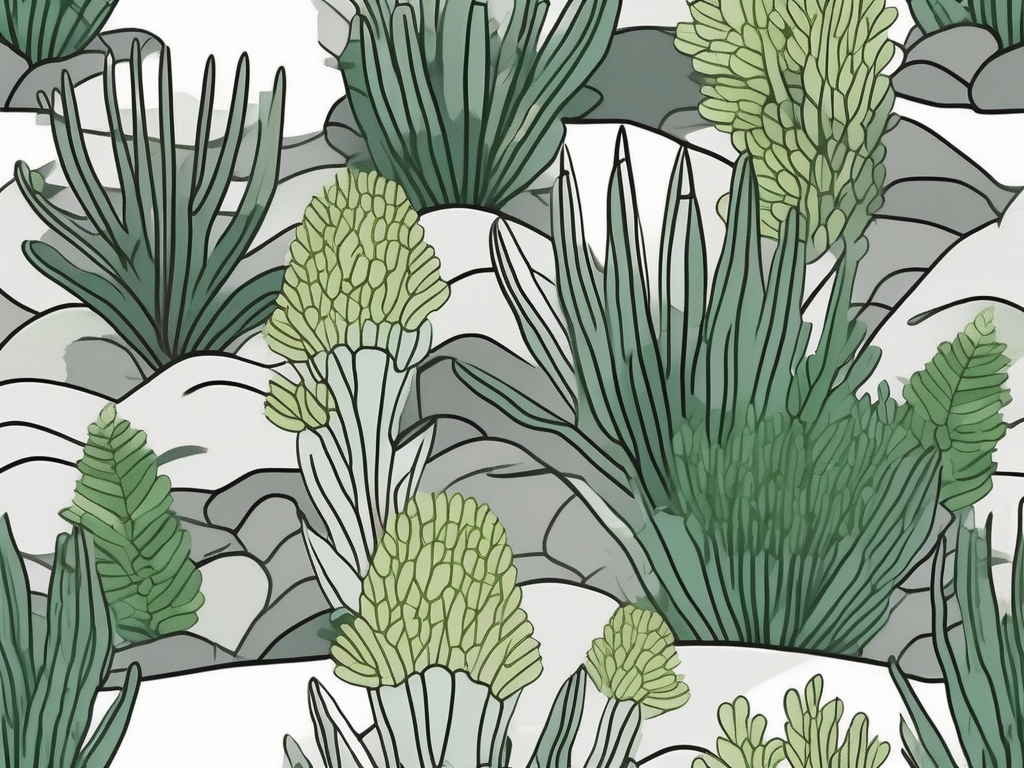
Have you ever wondered where your favorite houseplants come from? One plant that often catches the eye of many plant lovers is the Burro's Tail, known for its trailing, succulent leaves. While we typically see this charming plant dangling from baskets in our homes, it has a fascinating natural habitat that deserves a closer look.
Today, we’re going to take a journey to the wild origins of the Burro's Tail. We’ll explore how it thrives in its natural environment and what makes it so unique. By understanding its habitat, you’ll gain insights into how to keep this plant happy and healthy in your home.
Discovering the Native Land of Burro's Tail
The Burro's Tail, or Sedum morganianum, hails from the mountainous regions of southern Mexico and Honduras. In these regions, it thrives in a semi-arid climate, where the sun is abundant and the rainfall is sparse. This environment plays a crucial role in shaping the plant's adaptation to drought conditions, which makes it a resilient houseplant.
In the wild, Burro's Tail grows on rocky outcrops and cliff faces, where its long, trailing stems can cascade down the sides. The rocky terrain provides excellent drainage, preventing water from pooling around the plant's roots. This natural setting is what makes the plant an excellent choice for hanging baskets in our homes.
Being native to such a specific environment means that the Burro's Tail has developed several adaptations to survive. Its fleshy, succulent leaves are a key adaptation, allowing it to store water during periods of drought. Additionally, the plant's waxy coating helps reduce water loss by minimizing transpiration. Understanding these natural adaptations can help us replicate similar conditions in our homes.
Climate Considerations in the Wild
The climate in southern Mexico and Honduras is characterized by warm temperatures and low humidity. Summers are hot, while winters are mild, which is perfect for a plant like the Burro's Tail. These conditions ensure that the plant receives ample sunlight, which is vital for its growth and health.
One thing to note is that the Burro's Tail is not tolerant of frost. In the wild, temperatures rarely drop low enough to cause damage, but if you’re keeping one indoors, it’s essential to protect it from cold drafts and frosty windowsills in the winter months. A sudden drop in temperature can cause the leaves to become mushy and fall off, which is something every plant parent wants to avoid.
On the flip side, the Burro's Tail loves basking in the sunlight. In its native habitat, it's exposed to bright, indirect light for most of the day. This is something to keep in mind when placing your plant at home. A sunny windowsill or a spot with filtered light will mimic its natural conditions and keep it thriving.
Soil and Drainage: Nature's Blueprint
In its natural habitat, the Burro's Tail grows in poor, rocky soil. This might sound counterintuitive, but the key here is drainage. The rocky soil allows water to flow freely, preventing the roots from sitting in water for too long. This is crucial for succulents, as too much moisture can lead to root rot.
When potting a Burro's Tail at home, it’s a good idea to use a cactus or succulent potting mix. These mixes are specially designed to mimic the plant's natural growing conditions, offering good drainage and aeration. You can even add some perlite or sand to the mix to improve drainage further.
Another tip is to plant your Burro's Tail in a pot with drainage holes. This simple step can make a significant difference in the health of your plant by ensuring excess water can escape, rather than accumulating at the bottom of the pot.
Sunlight and Exposure: A Balancing Act
In the wild, the Burro's Tail enjoys bright, indirect sunlight. Direct sunlight can be too harsh, causing the leaves to burn and lose their vibrant green color. On the other hand, too little light will result in a leggy plant with sparse leaves.
Finding the right balance is key when placing your plant indoors. A south-facing window is often ideal, as it provides plenty of natural light without the intensity of direct sun rays. If you notice your plant stretching towards the light, it might be a sign that it needs more exposure.
Interestingly, the Burro's Tail can also adapt to different light levels over time. If you’ve just brought one home from the store, give it a week or two to acclimate to its new environment. Moving it around too frequently can stress the plant, so patience is essential here.
Watering Wisdom from the Wild
Due to its natural habitat, the Burro's Tail is well adapted to survive on minimal water. In fact, overwatering is one of the most common mistakes made by plant parents. In the wild, rainfall is infrequent, and the plant relies on its succulent leaves to store water during dry spells.
A good rule of thumb for watering your Burro's Tail is to let the soil dry out completely between waterings. During the growing season, which is typically spring and summer, you might water every two to three weeks. In the dormant months of fall and winter, you can cut back to once a month or even less.
Keep an eye on the leaves for clues about the plant’s water needs. If they start to shrivel or look wrinkled, it might be time for a drink. But remember, it’s always better to underwater than overwater when it comes to succulents.
Natural Pest Resistance and Challenges
In its native environment, the Burro's Tail is relatively pest-resistant. Its thick, waxy leaves deter many insects, while the dry conditions make it less susceptible to fungal problems. However, when kept indoors, it can occasionally fall victim to common houseplant pests like mealybugs or spider mites.
To keep pests at bay, ensure your plant has good airflow around it. Crowded plants are more likely to attract unwanted visitors. If you do notice pests, a simple remedy is to wipe the leaves with a damp cloth or spray them with a solution of water and mild soap.
Interestingly, the plant’s natural habitat also provides a clue to its resistance to diseases. The dry air and excellent drainage prevent the growth of mold and mildew, which highlights the importance of mimicking these conditions at home. Avoid misting your Burro's Tail and ensure that any excess water can drain away freely.
Propagation: Nature's Way of Sharing
In the wild, the Burro's Tail naturally propagates through its fallen leaves. When a leaf drops to the ground, it can take root and grow into a new plant. This is a fantastic survival strategy, allowing the plant to spread across rocky terrains.
At home, you can take advantage of this natural ability to propagate your Burro's Tail. Simply take a healthy leaf and place it on top of well-draining soil. Over time, it will develop roots and eventually sprout new growth. This process can take several weeks, so patience is key.
Propagation is not only a fun project but also a great way to expand your plant collection or share with friends. Plus, it’s a wonderful way to connect with the plant's natural lifecycle and appreciate its adaptability.
Incorporating Burro's Tail into Interior Design
Understanding the natural habitat of the Burro's Tail can also inspire how you incorporate it into your home decor. Its trailing stems and succulent leaves make it an excellent choice for hanging baskets or high shelves, where it can cascade down beautifully.
You can also pair it with similar succulents that thrive in dry conditions, creating a mini desert landscape. This not only looks stunning but also ensures that all your plants have similar care requirements.
Another idea is to use decorative pots or macrame hangers to create visual interest. The possibilities are endless, and the Burro's Tail's natural beauty can complement a variety of interior styles, from minimalist to bohemian.
Final Thoughts
In summary, the Burro's Tail offers a glimpse into the beauty and resilience of nature. By understanding its wild origins, we can better care for it in our homes, ensuring it continues to thrive and bring joy to our living spaces.
At Cafe Planta, we believe in the power of plants to connect us with nature and each other. Whether you’re a seasoned plant parent or just starting your collection, we’re here to help with any questions you might have. Feel free to email us or reach out on Instagram. Let's create beautiful, thriving spaces together!














